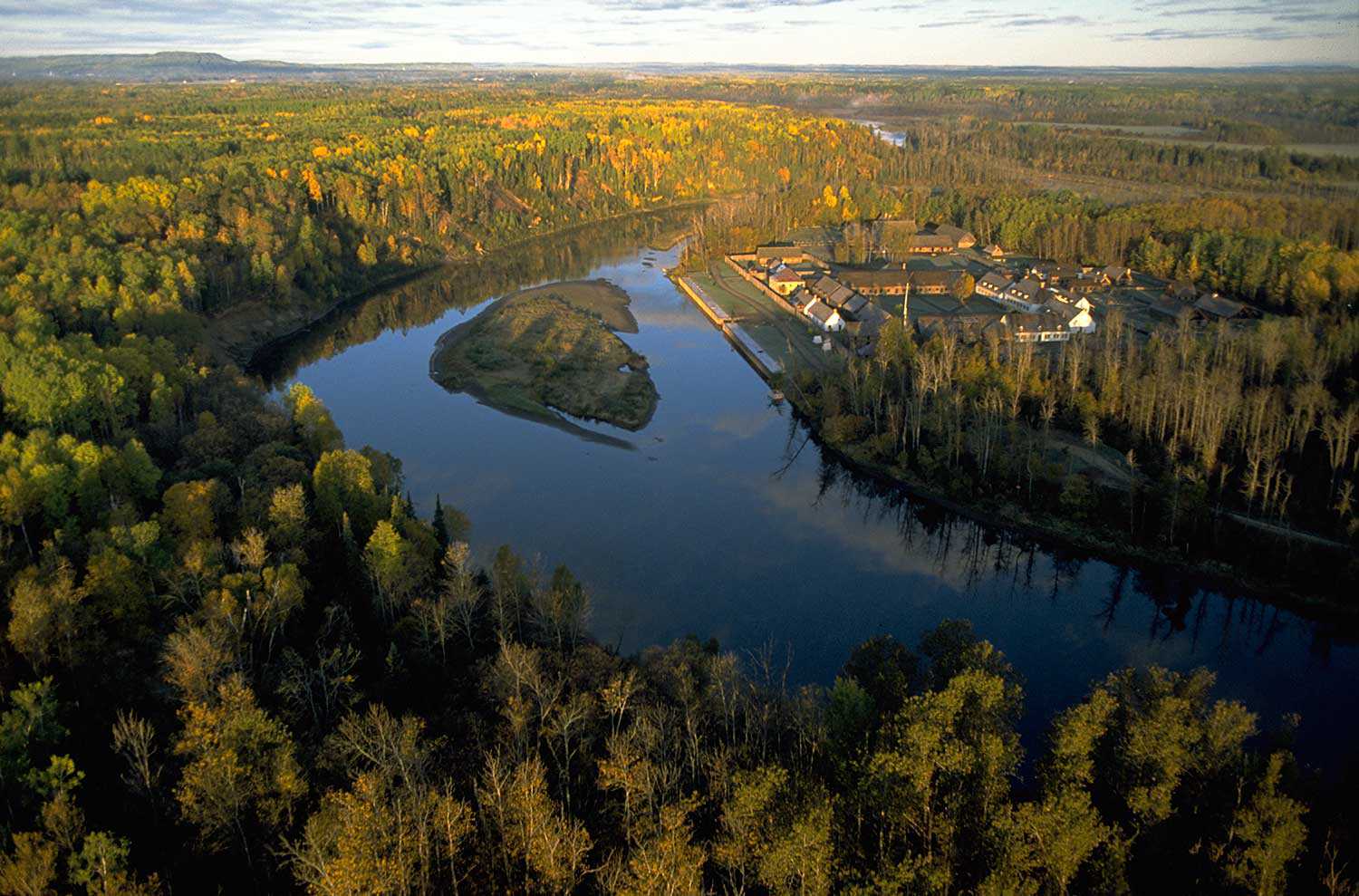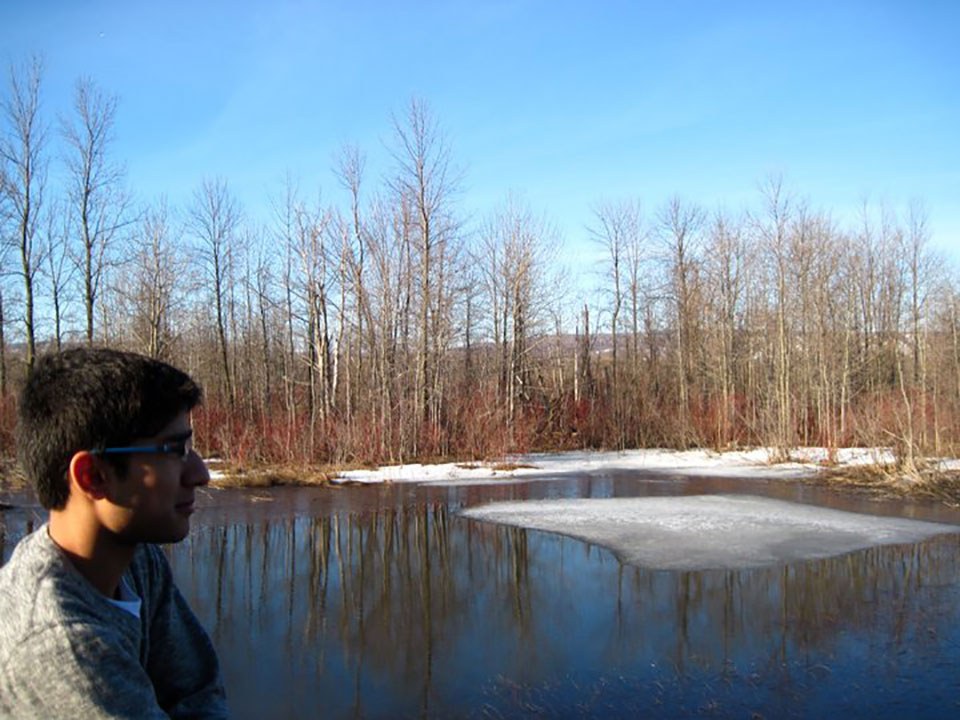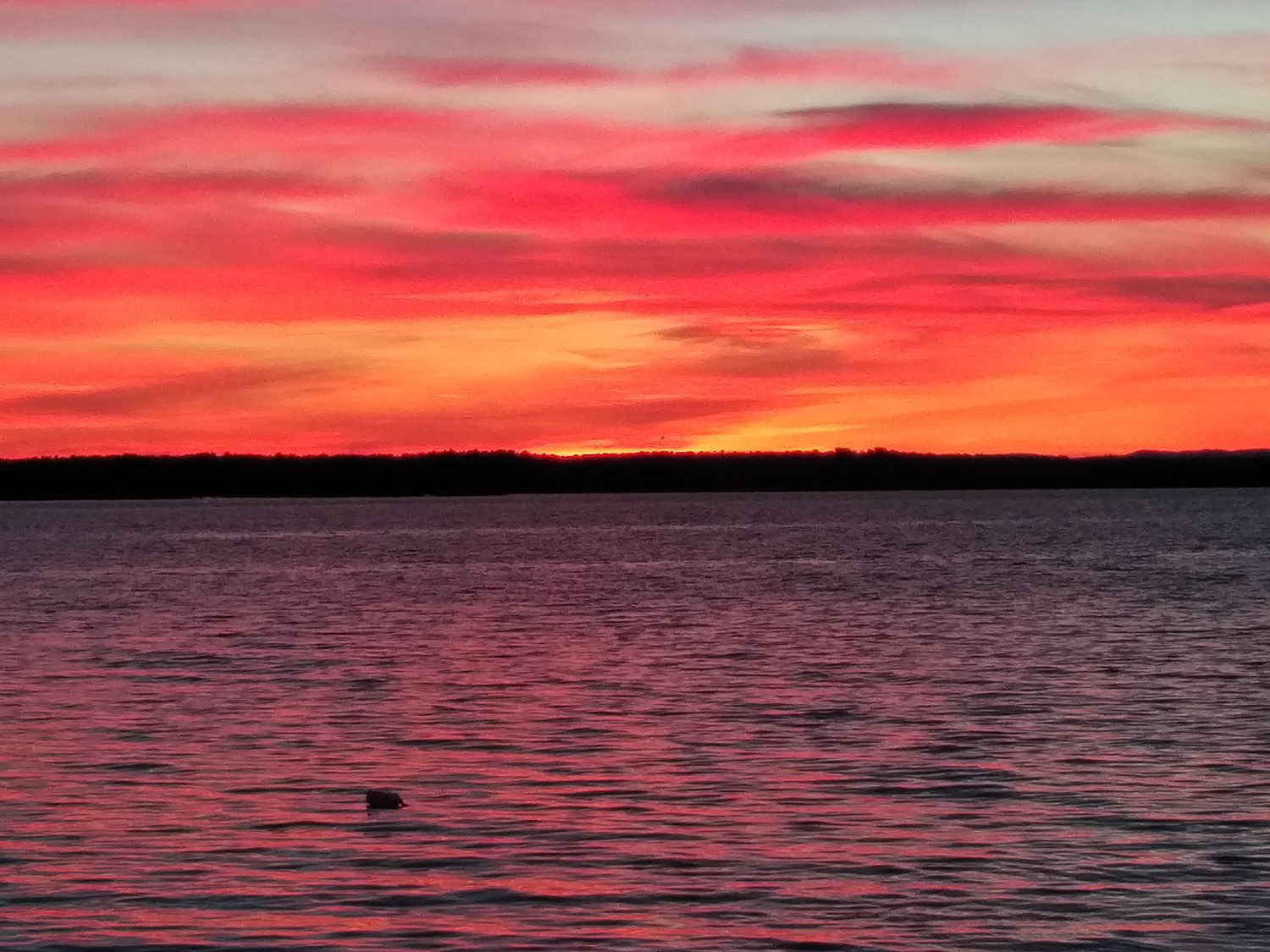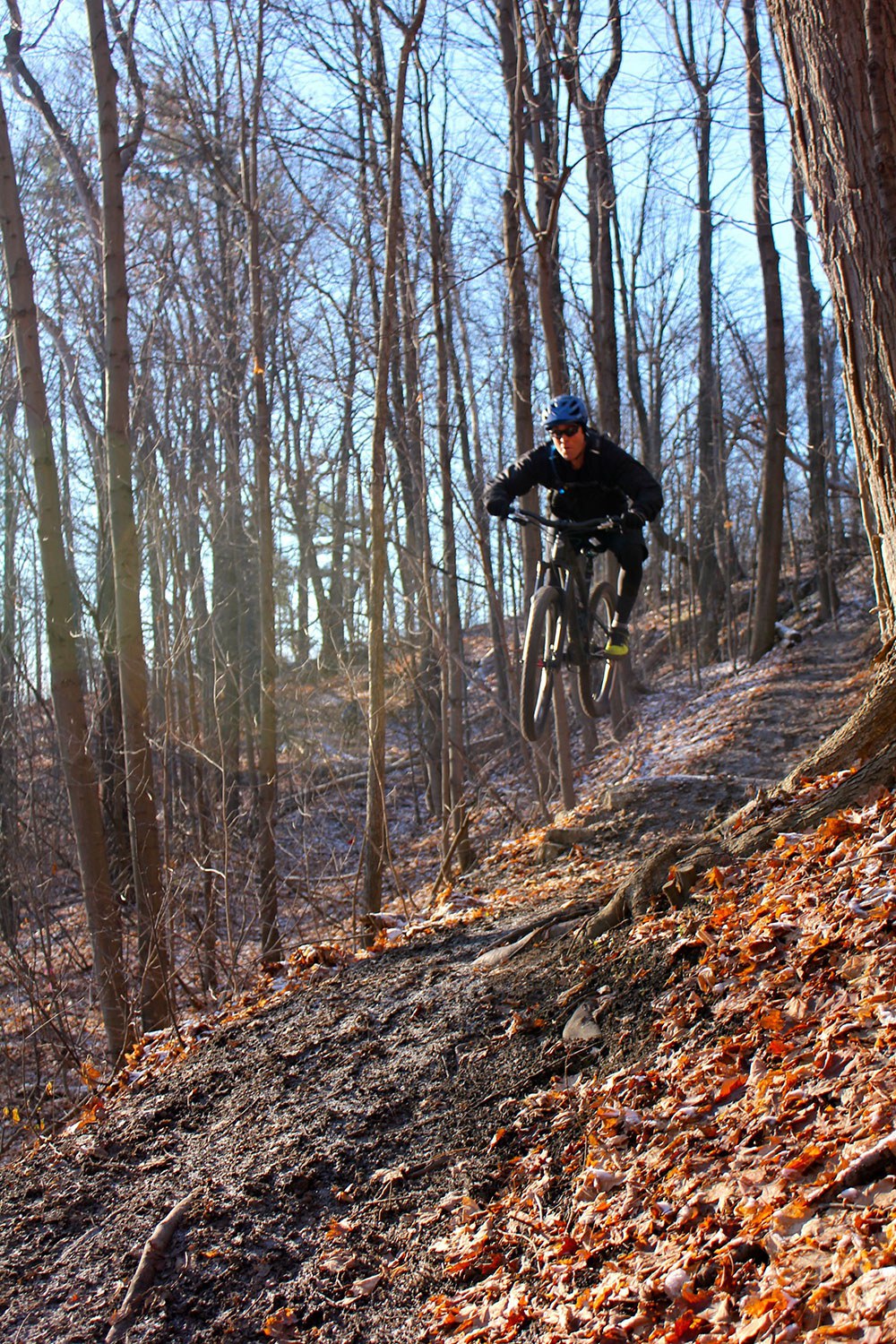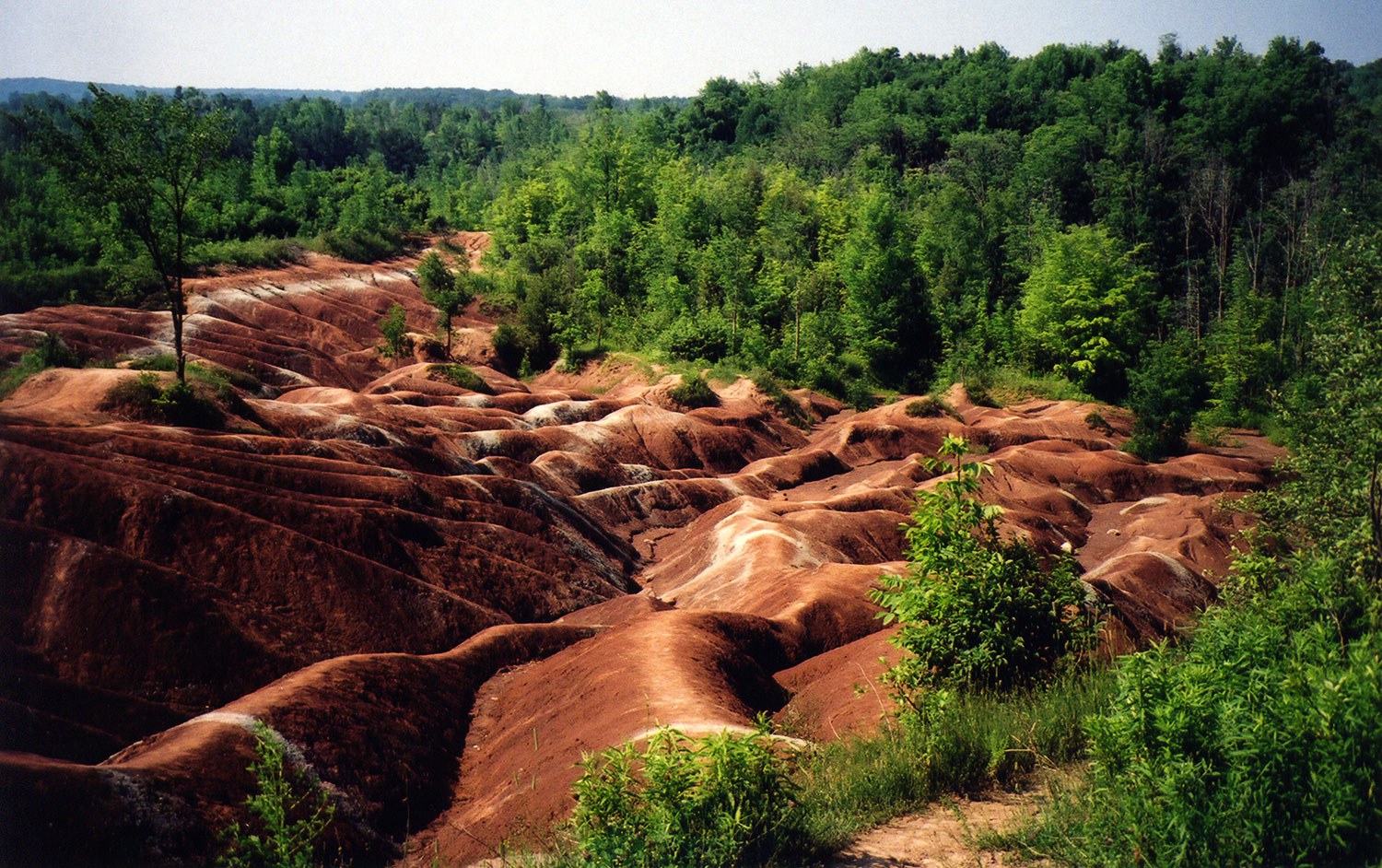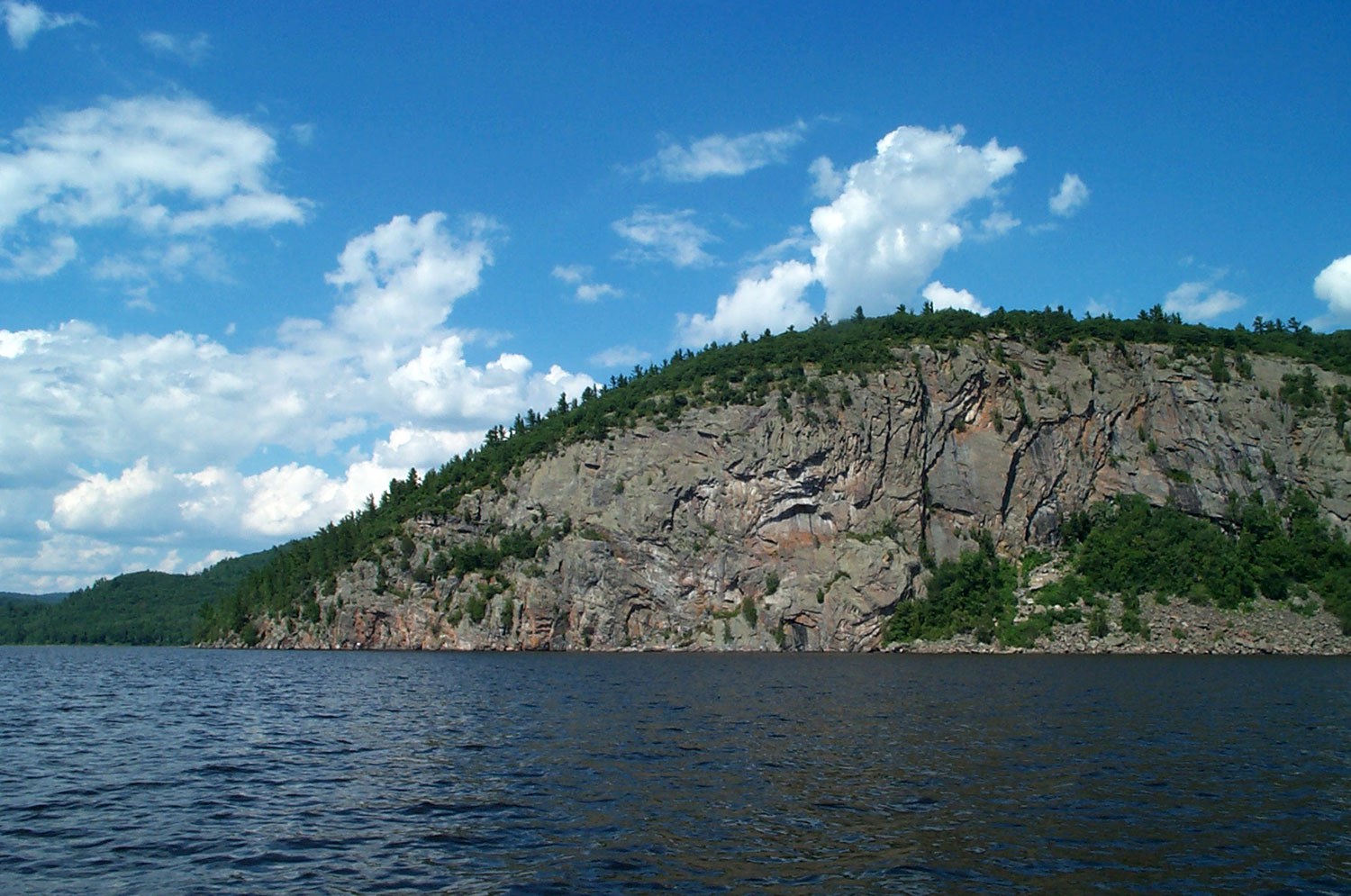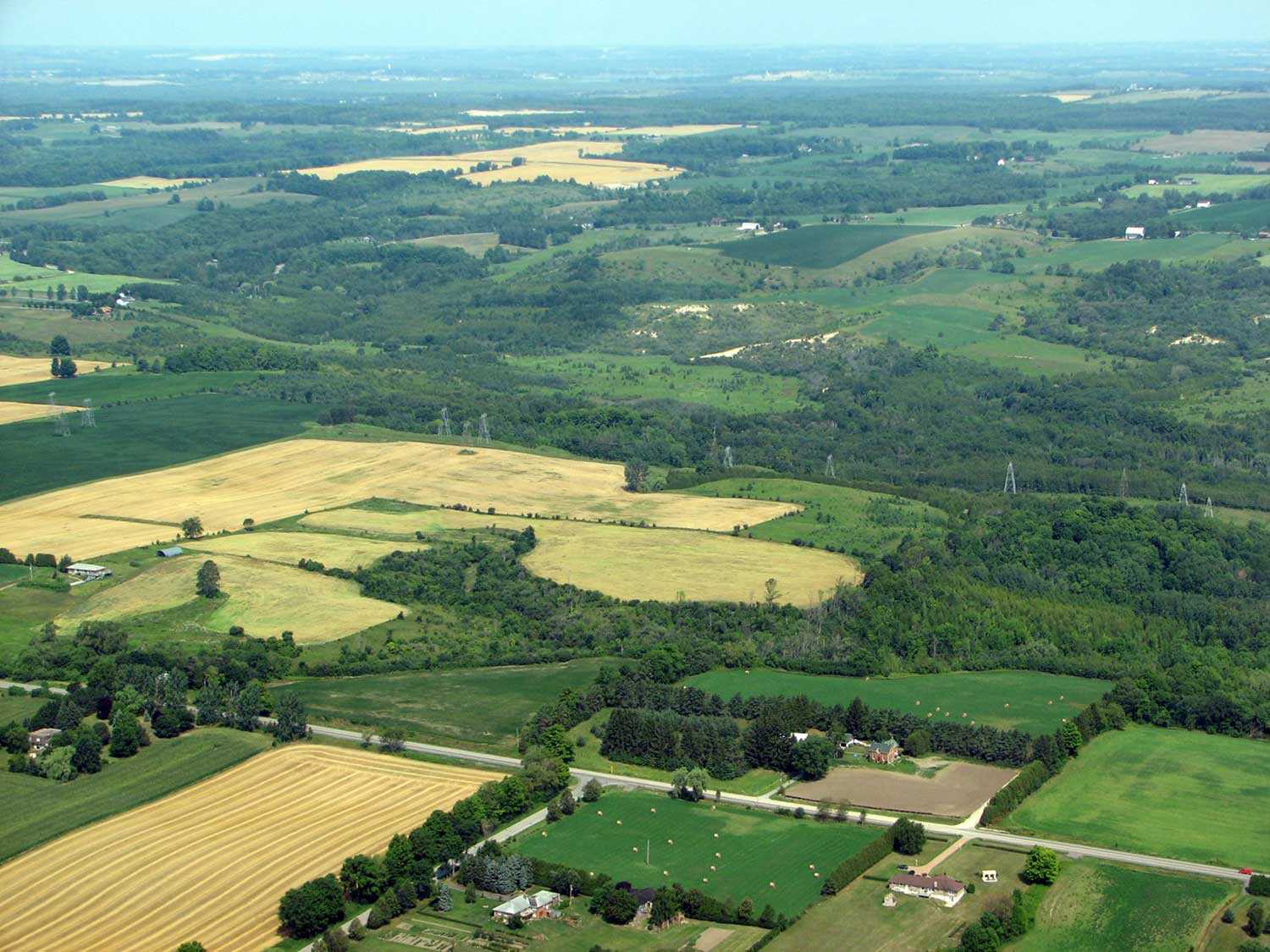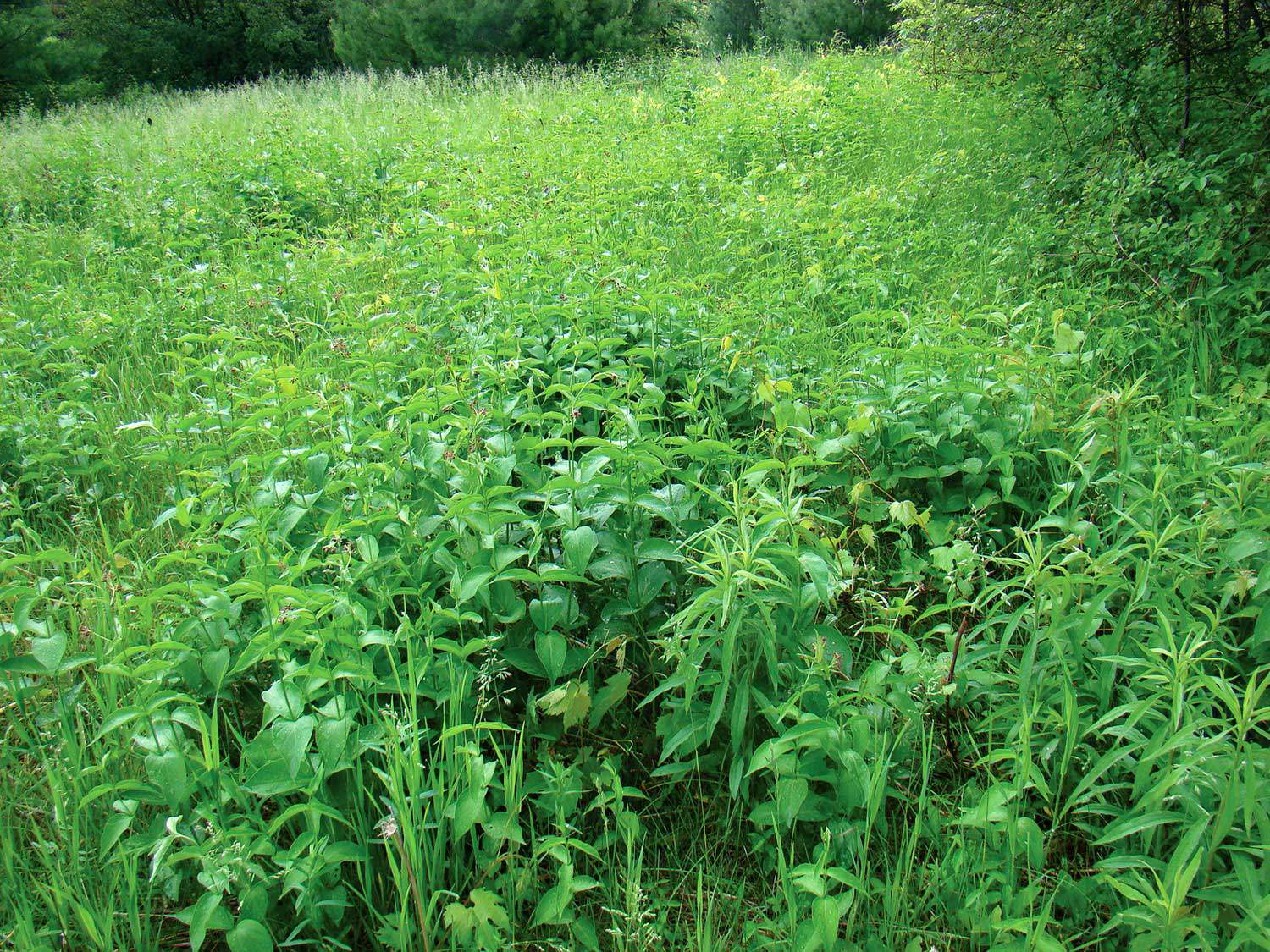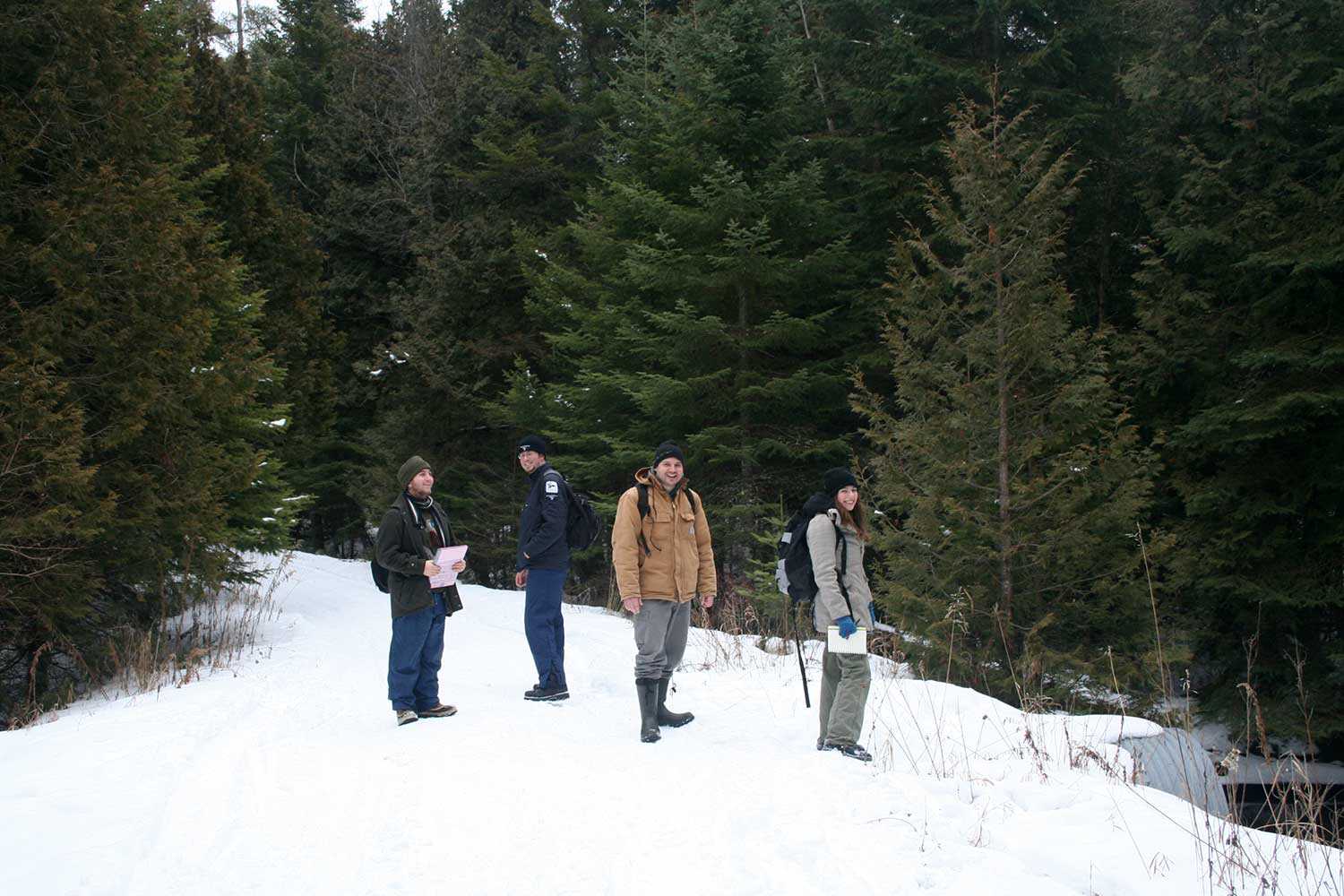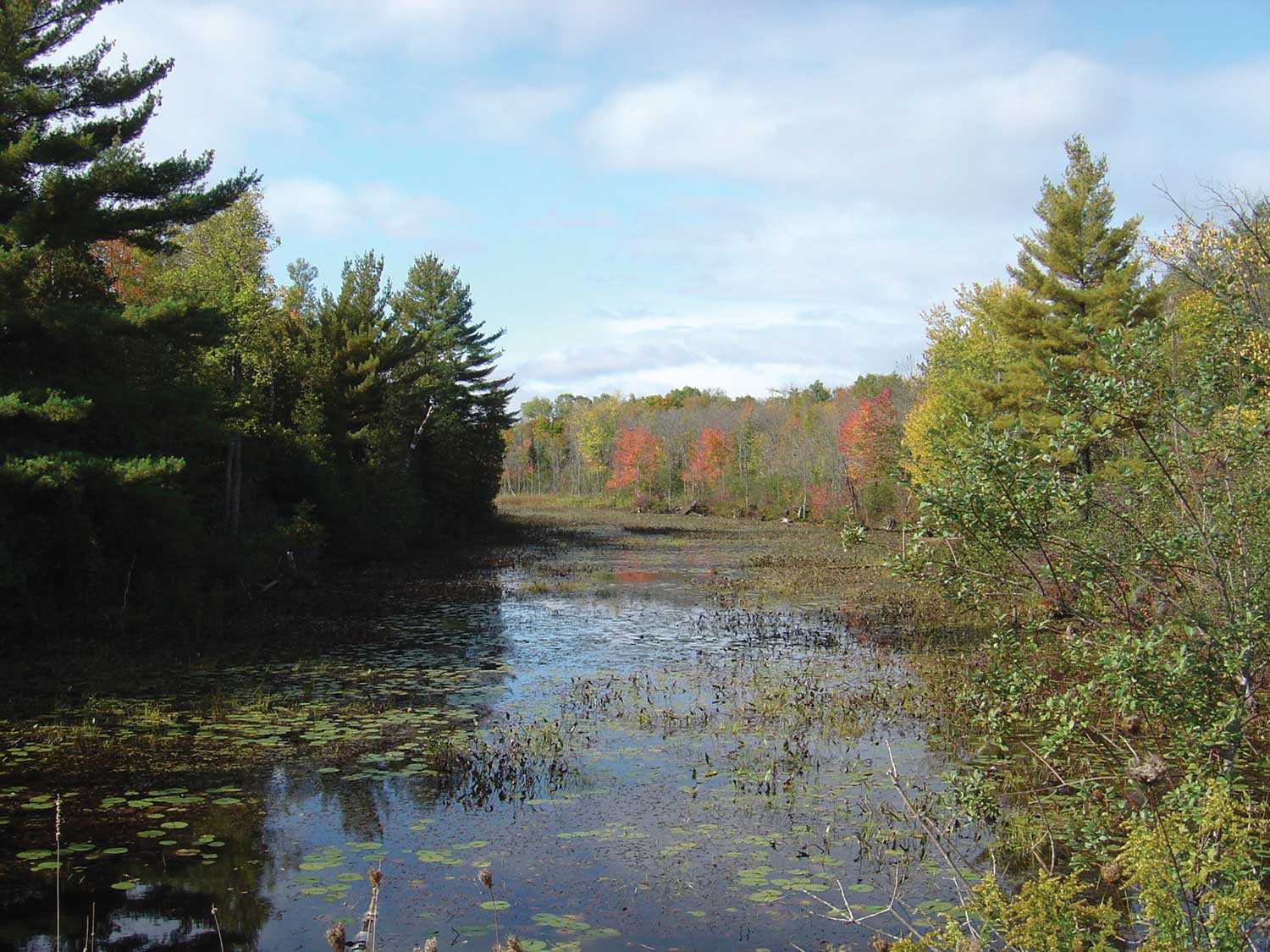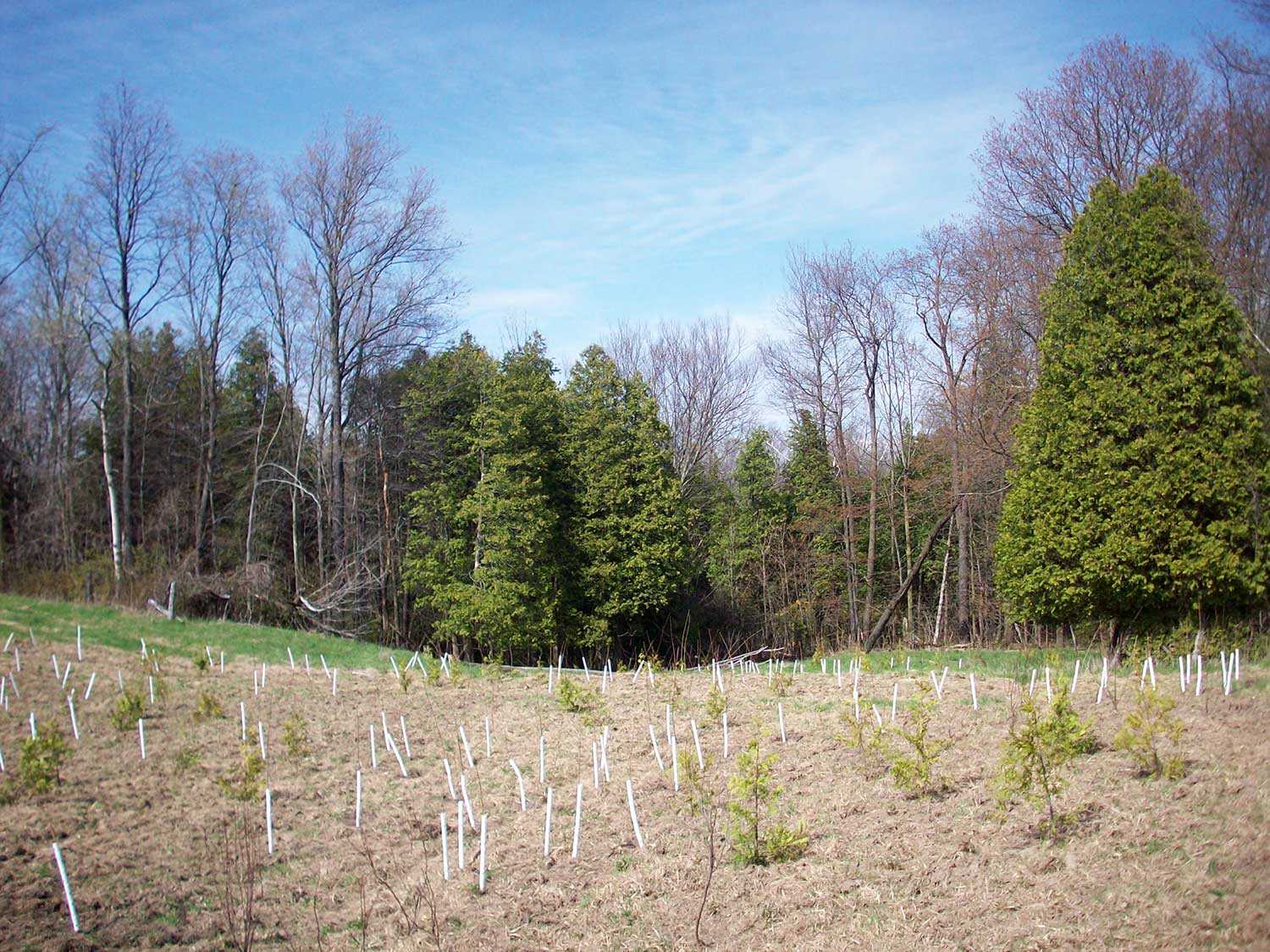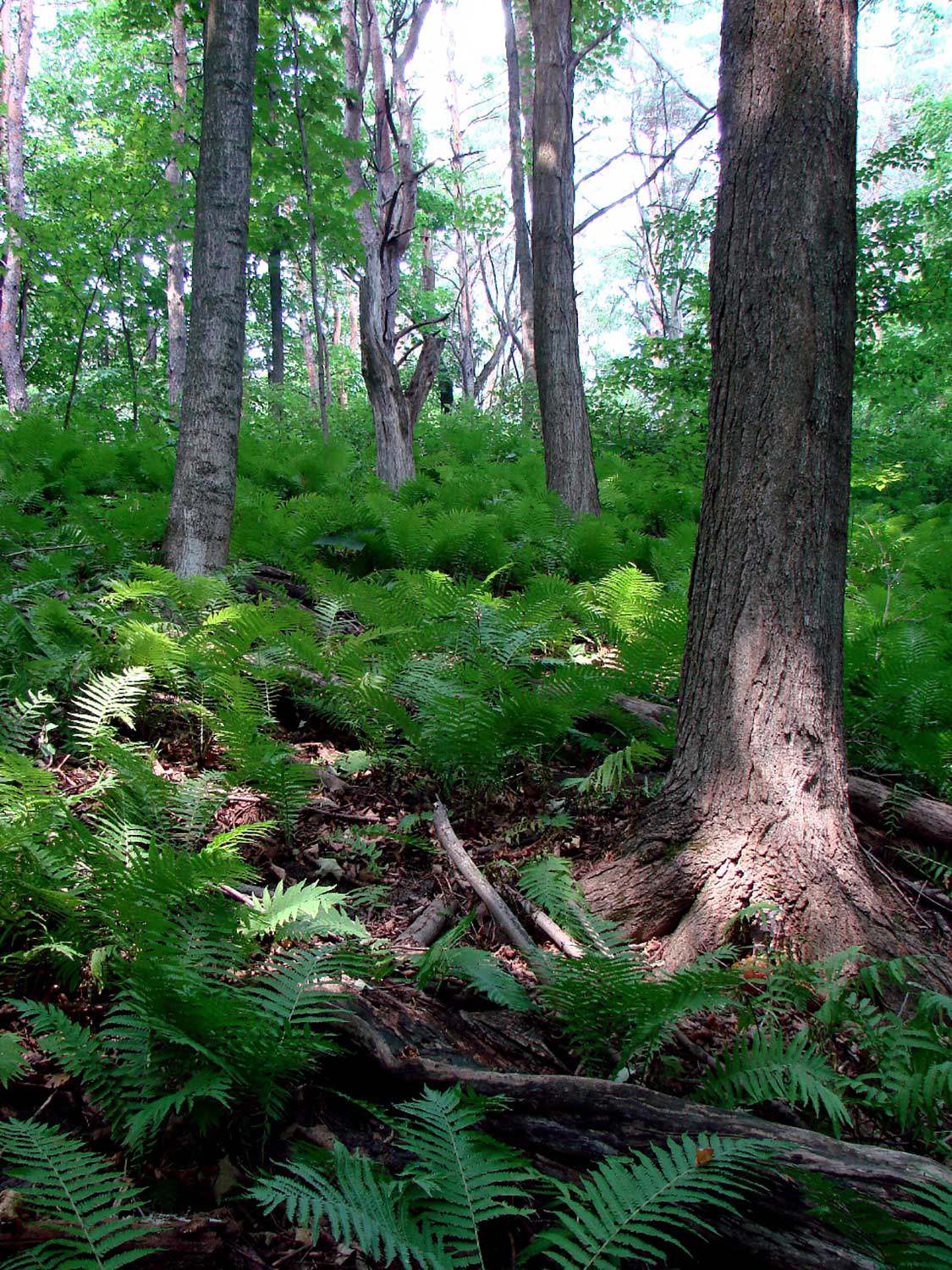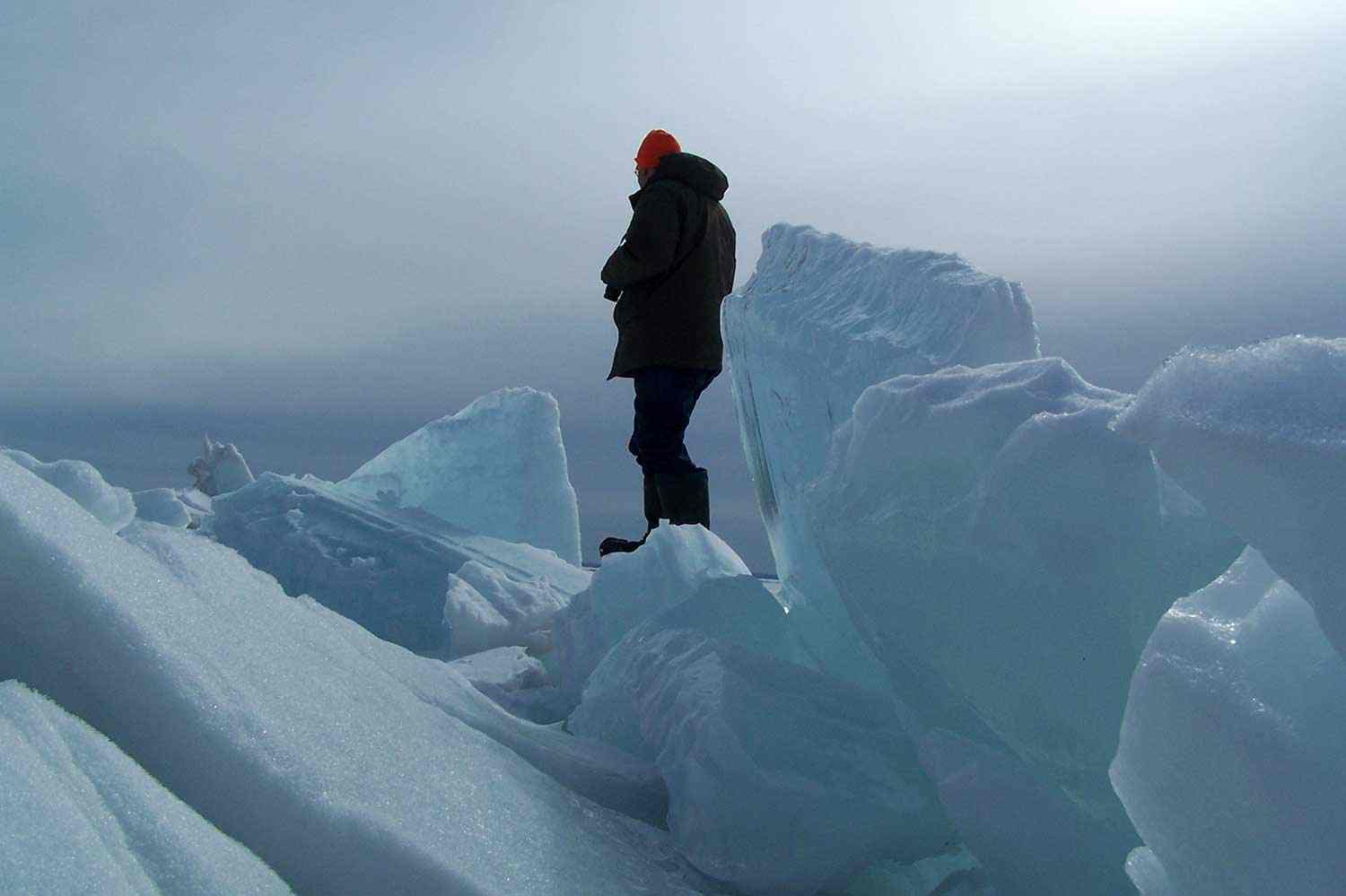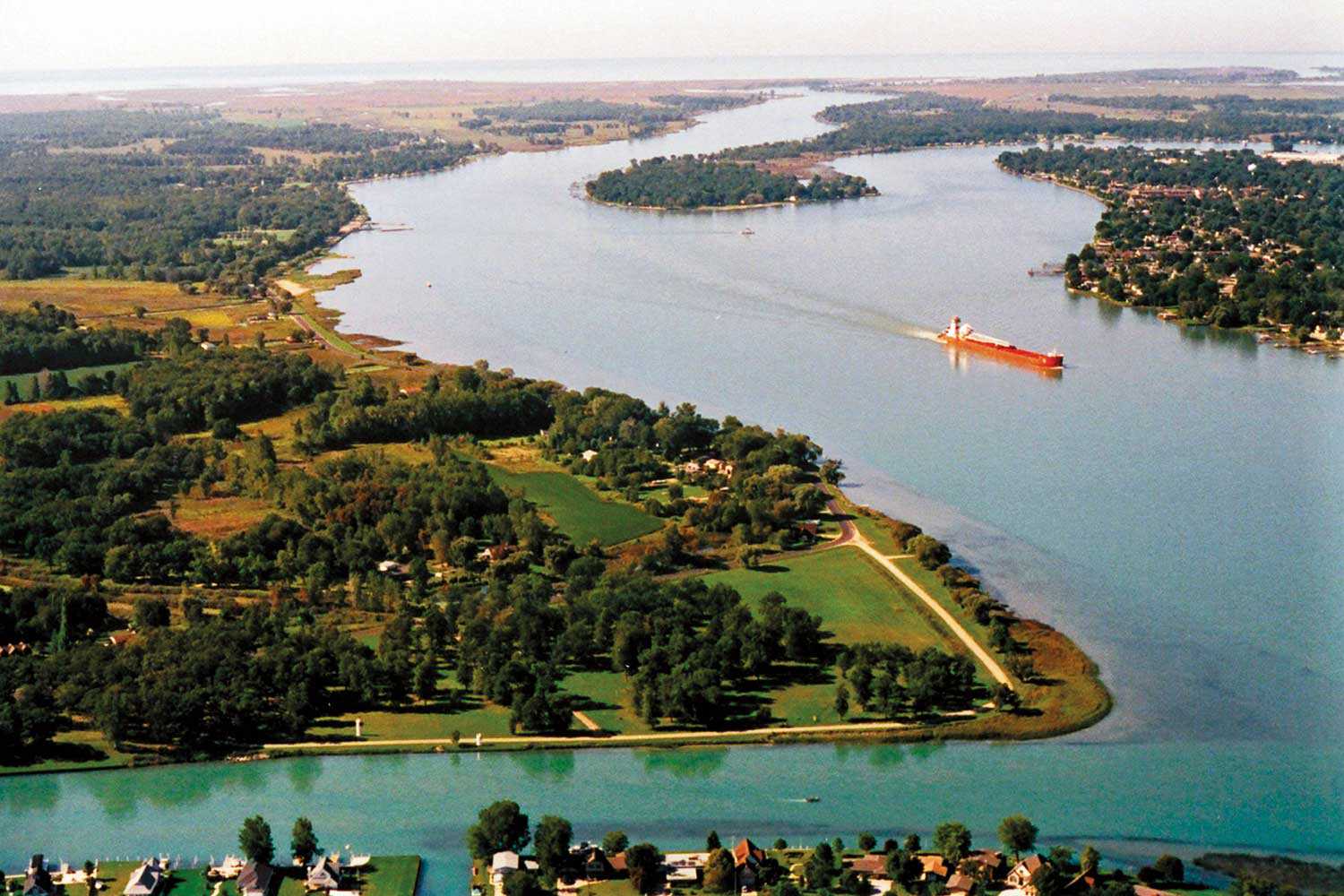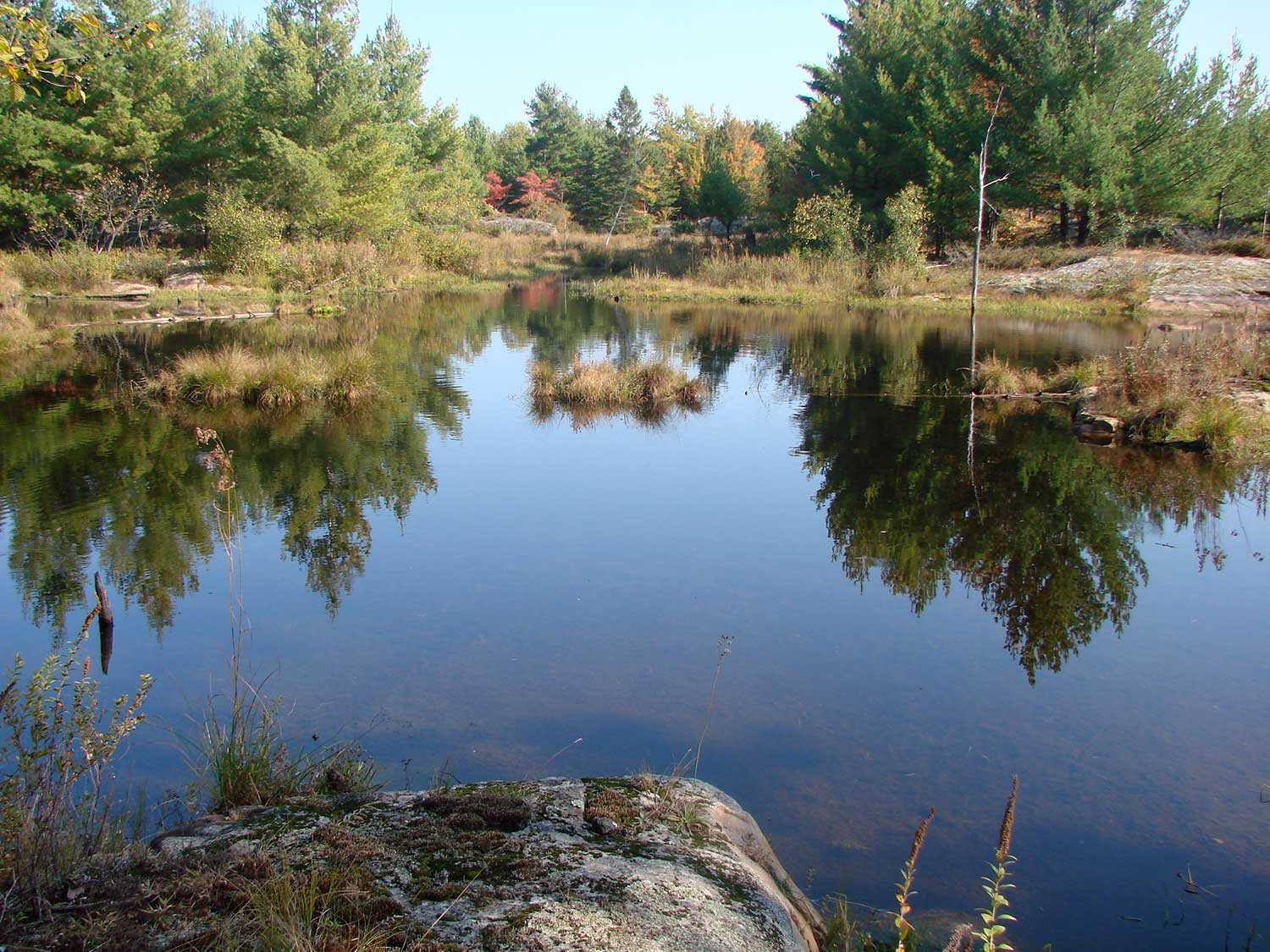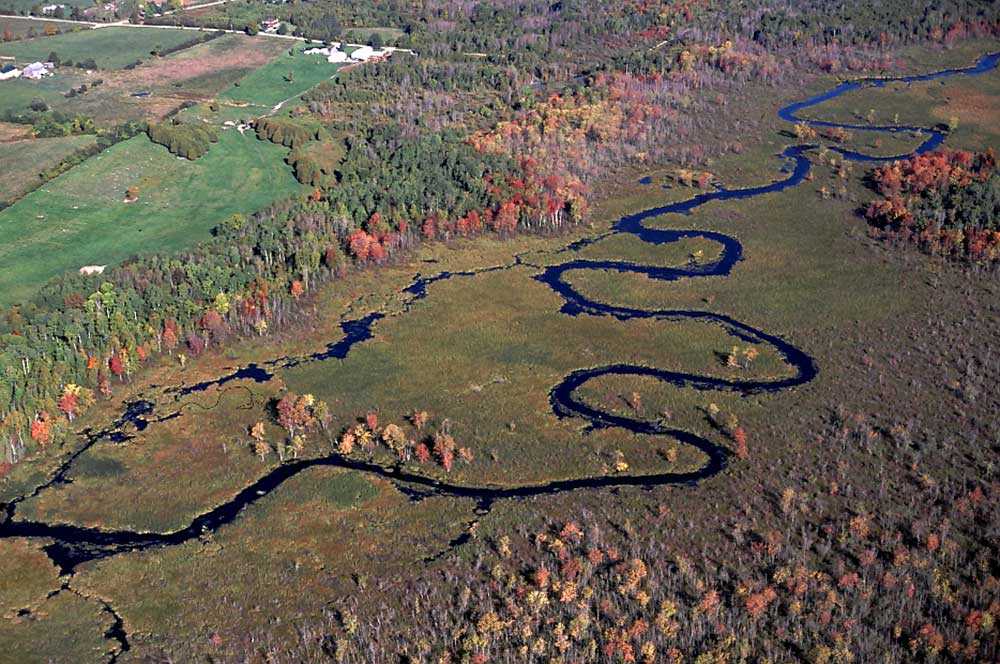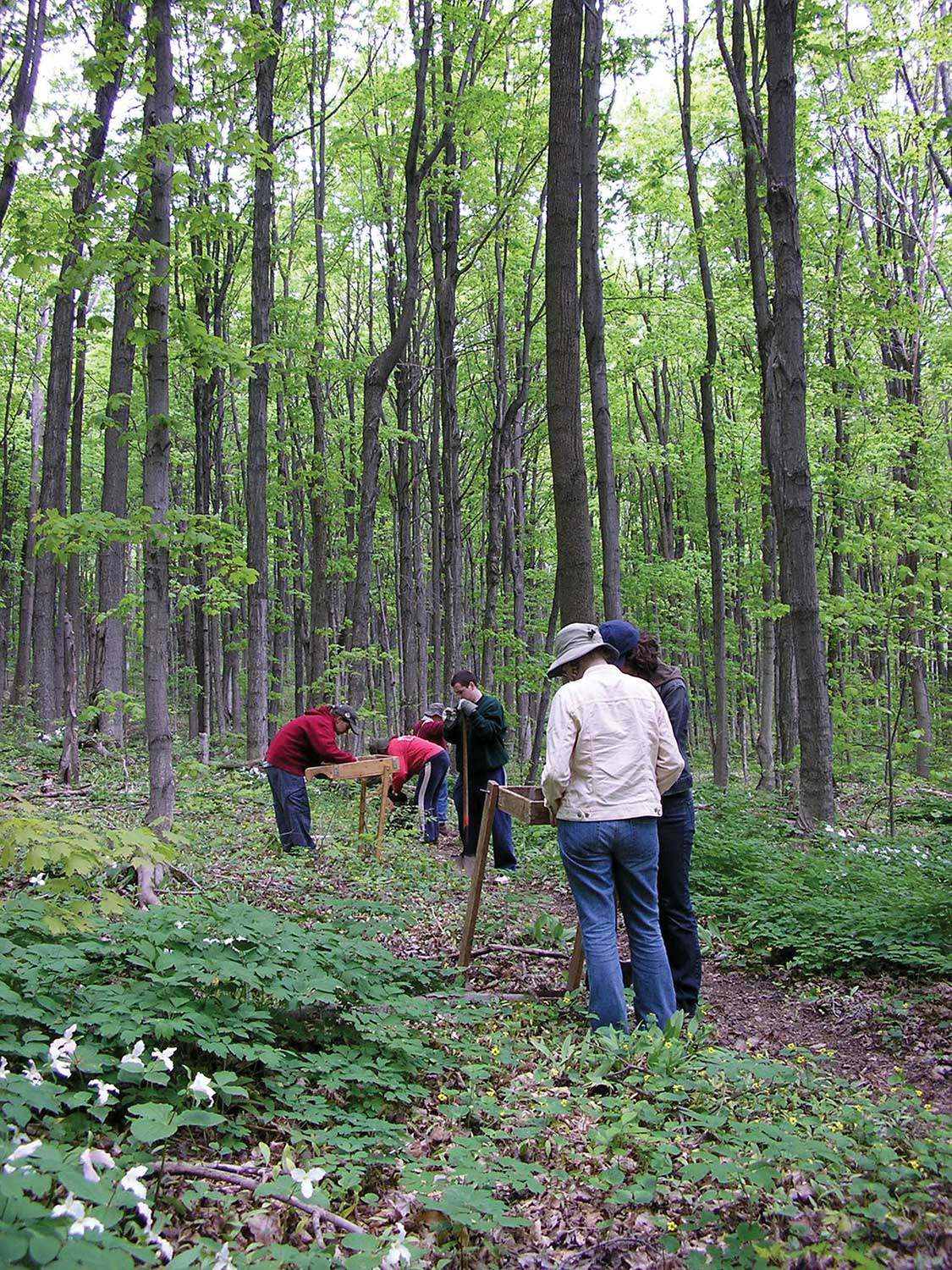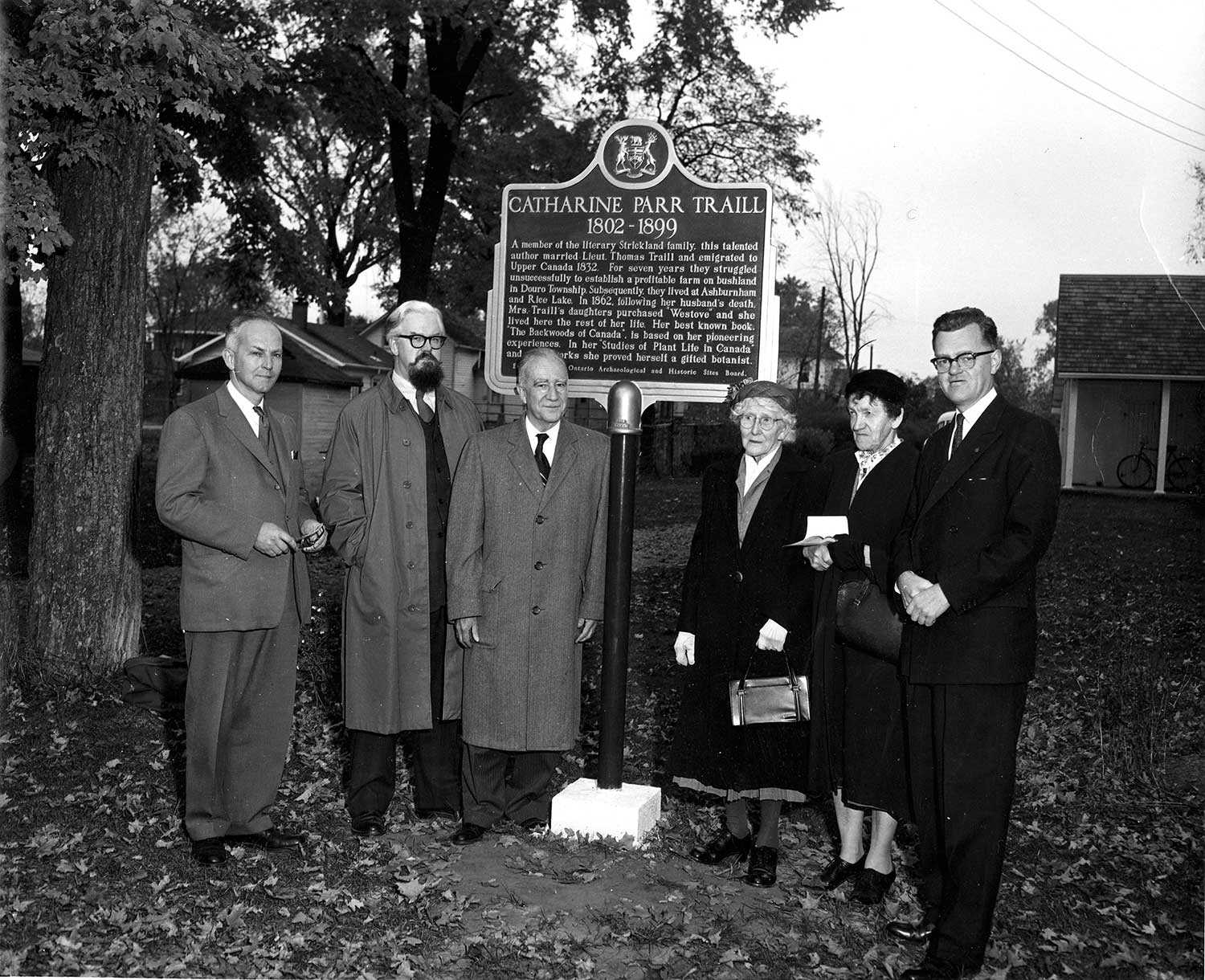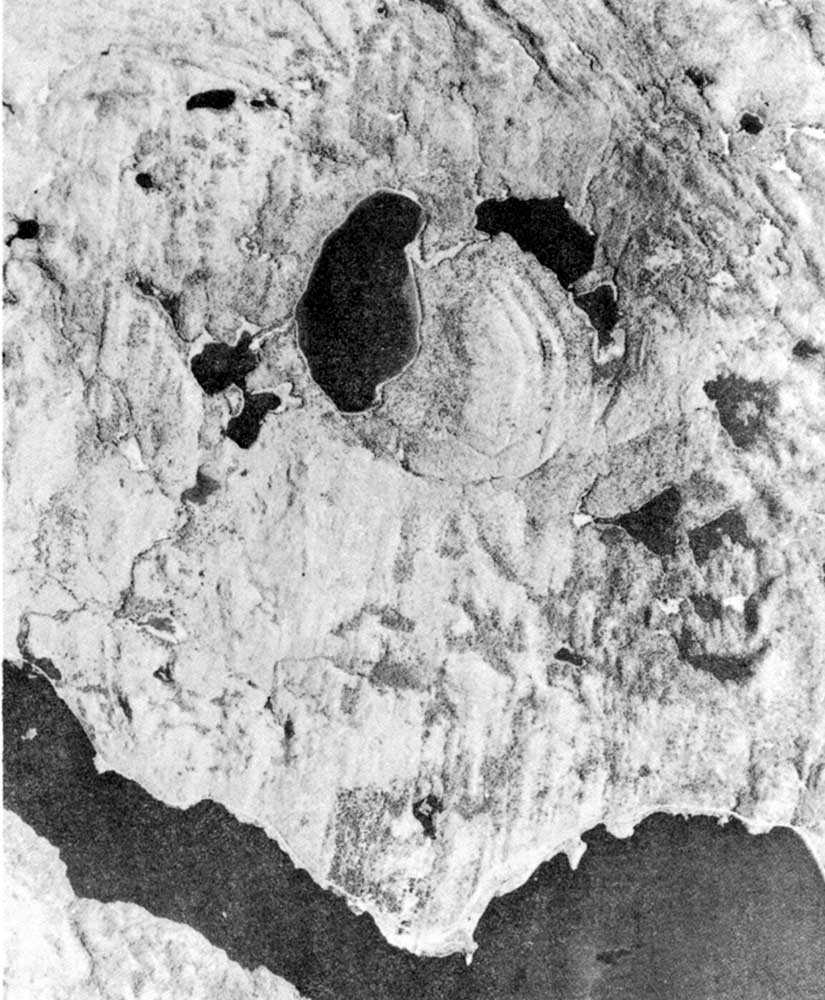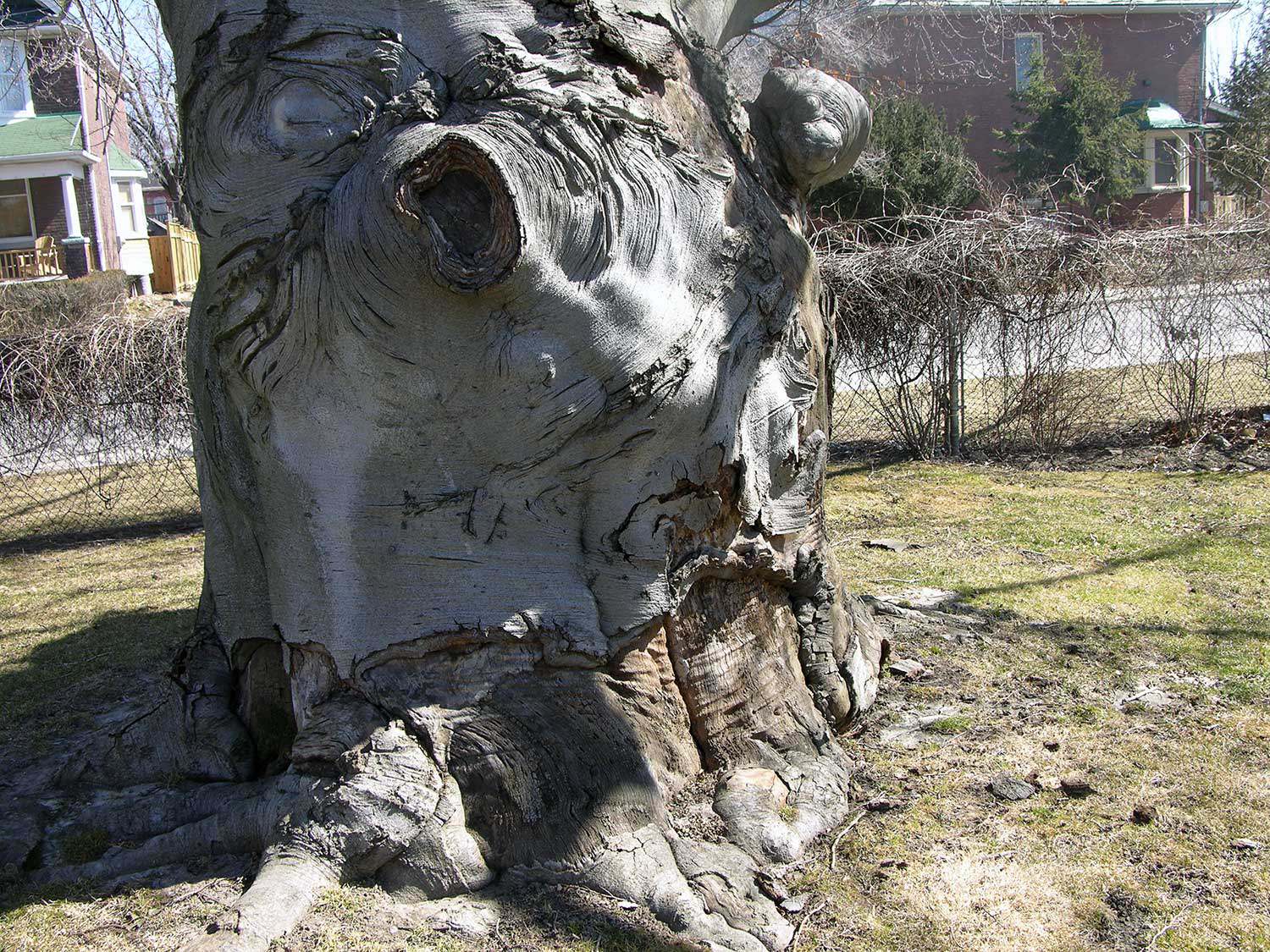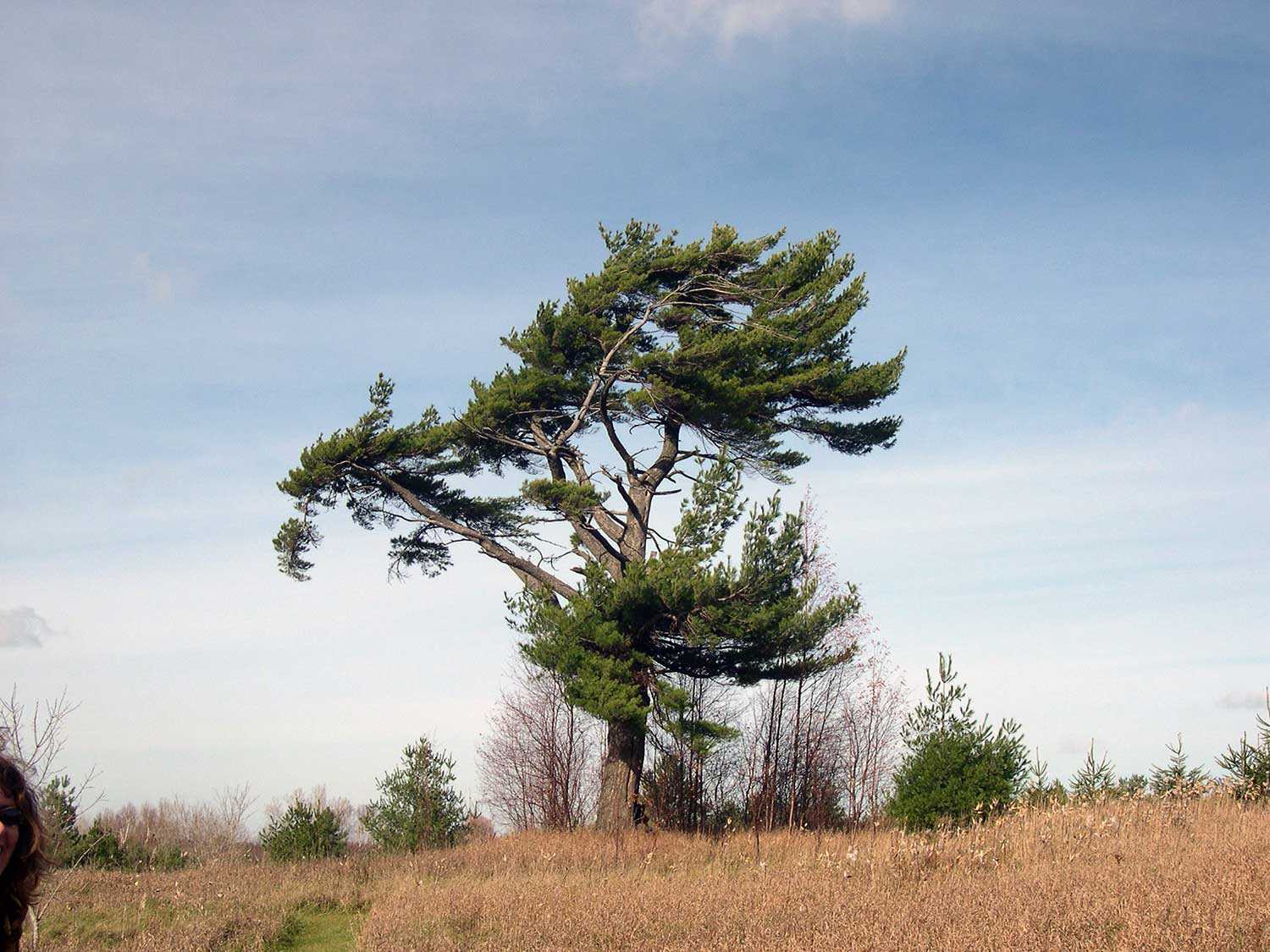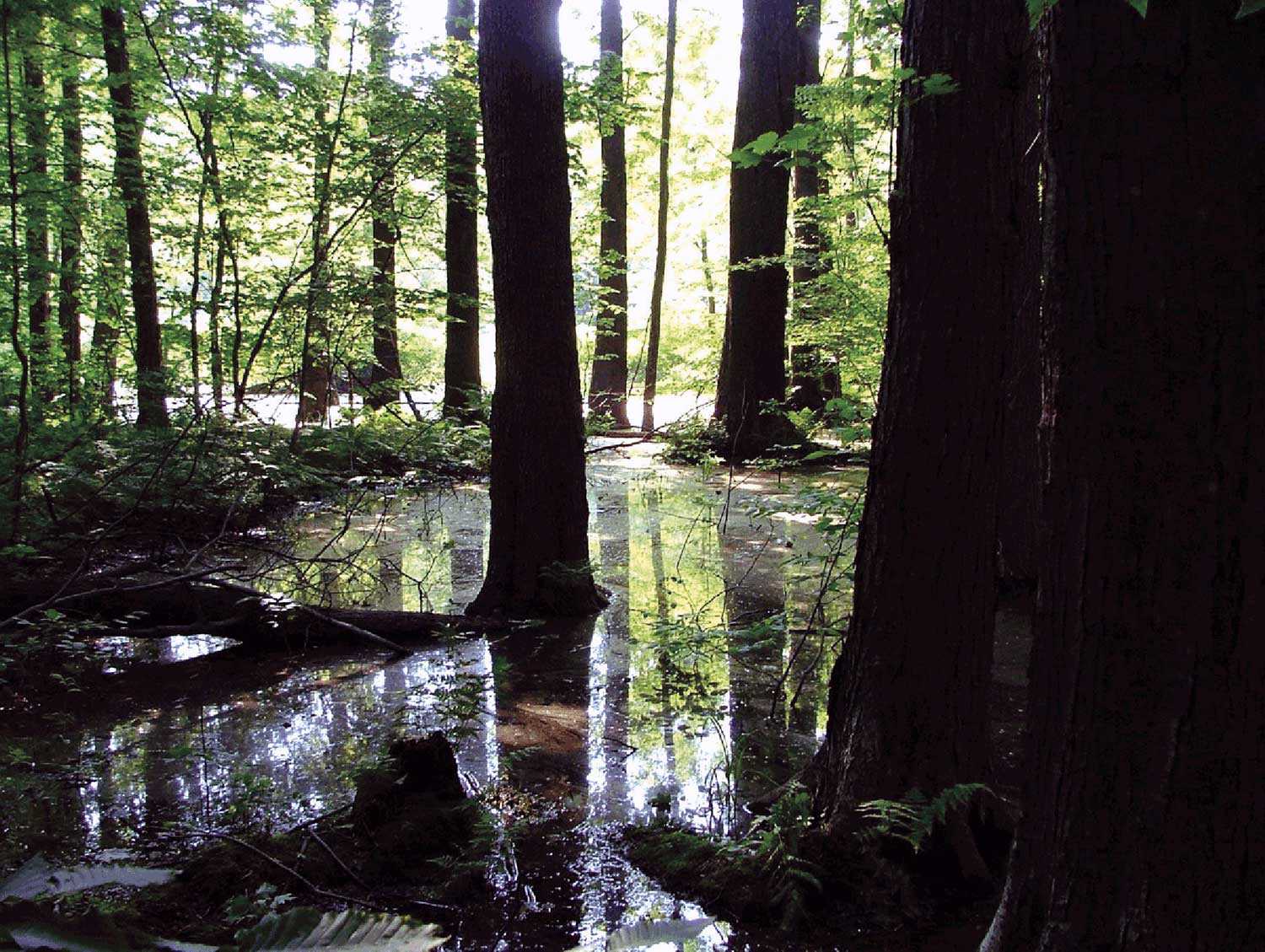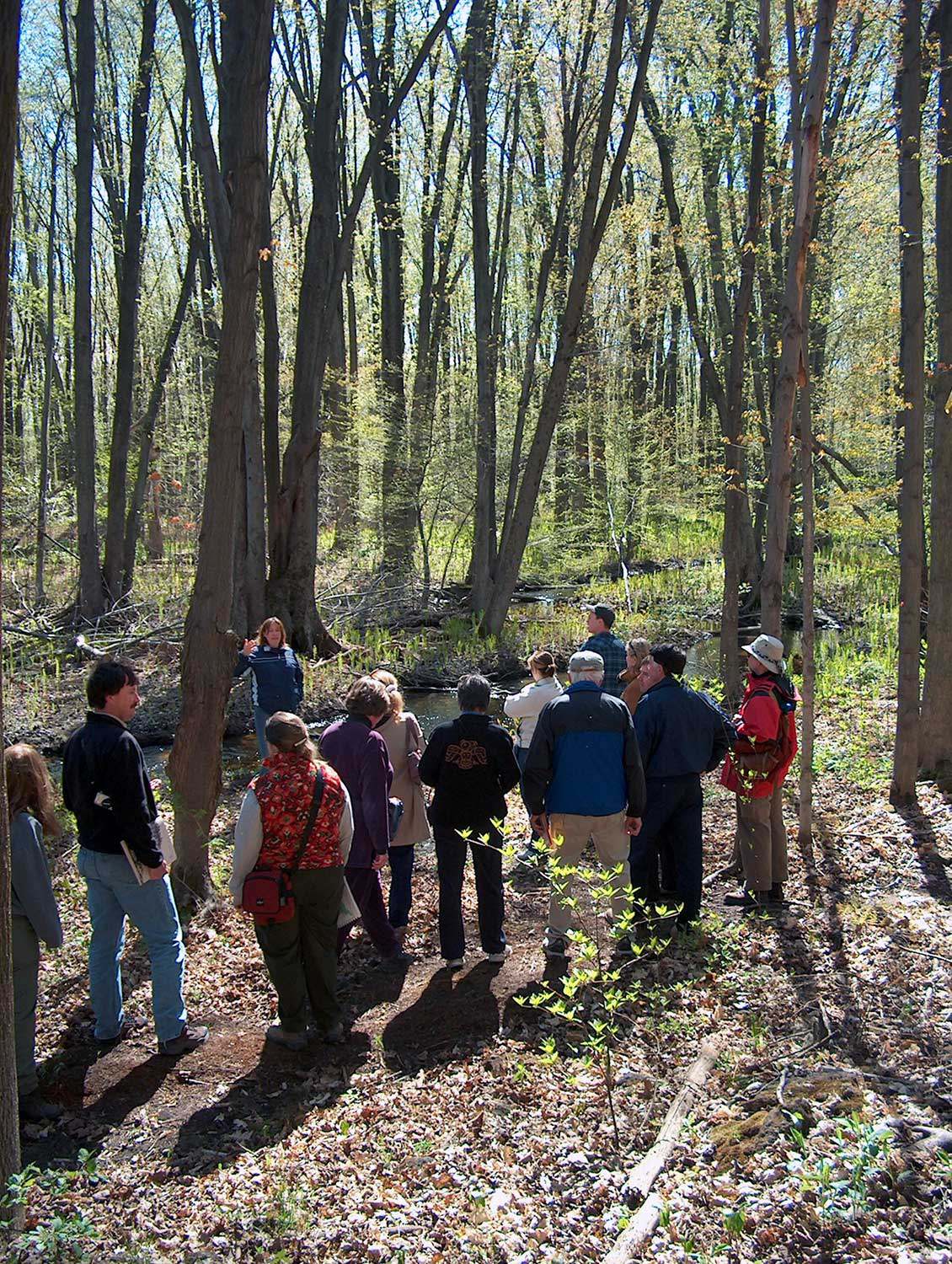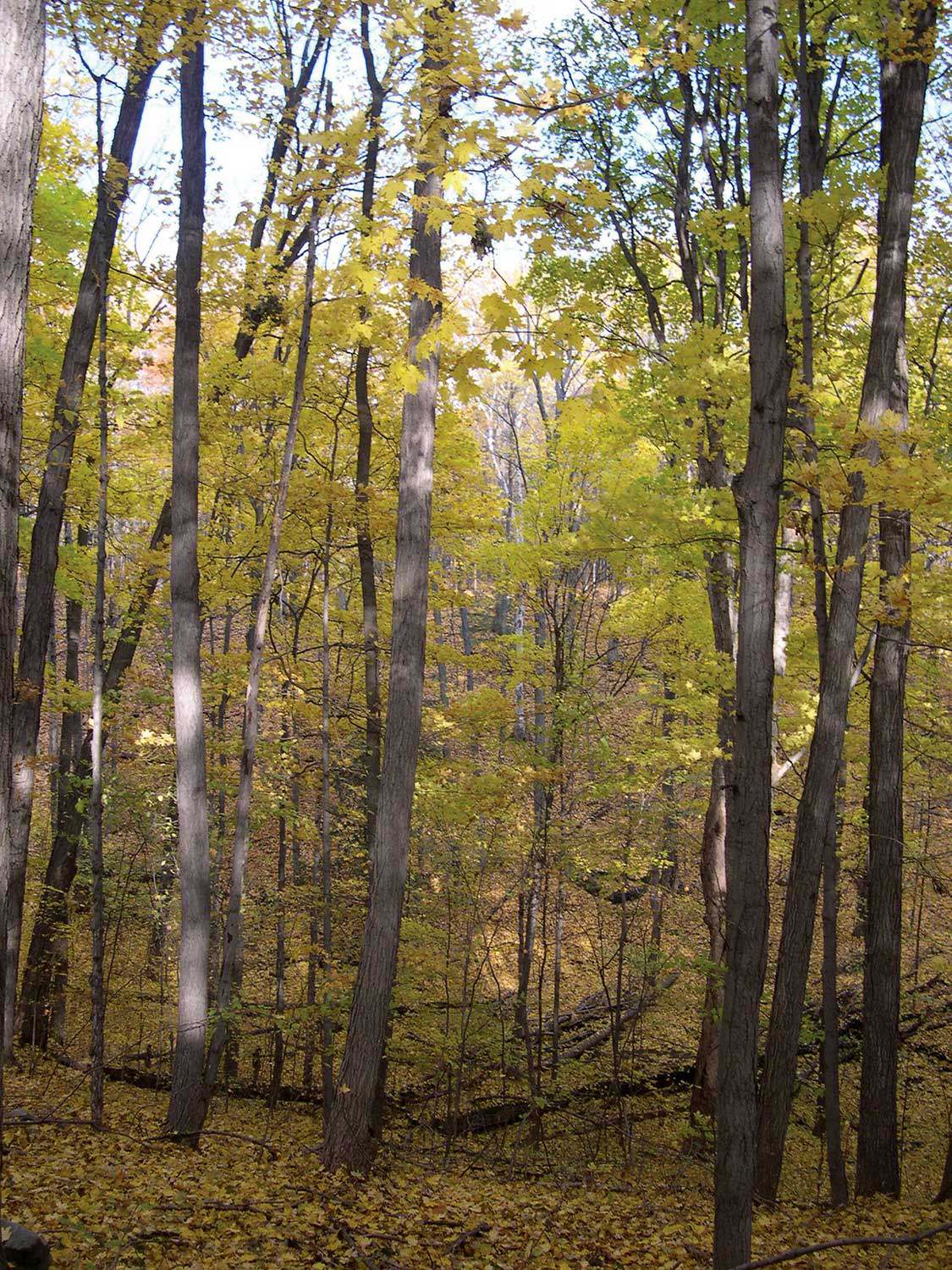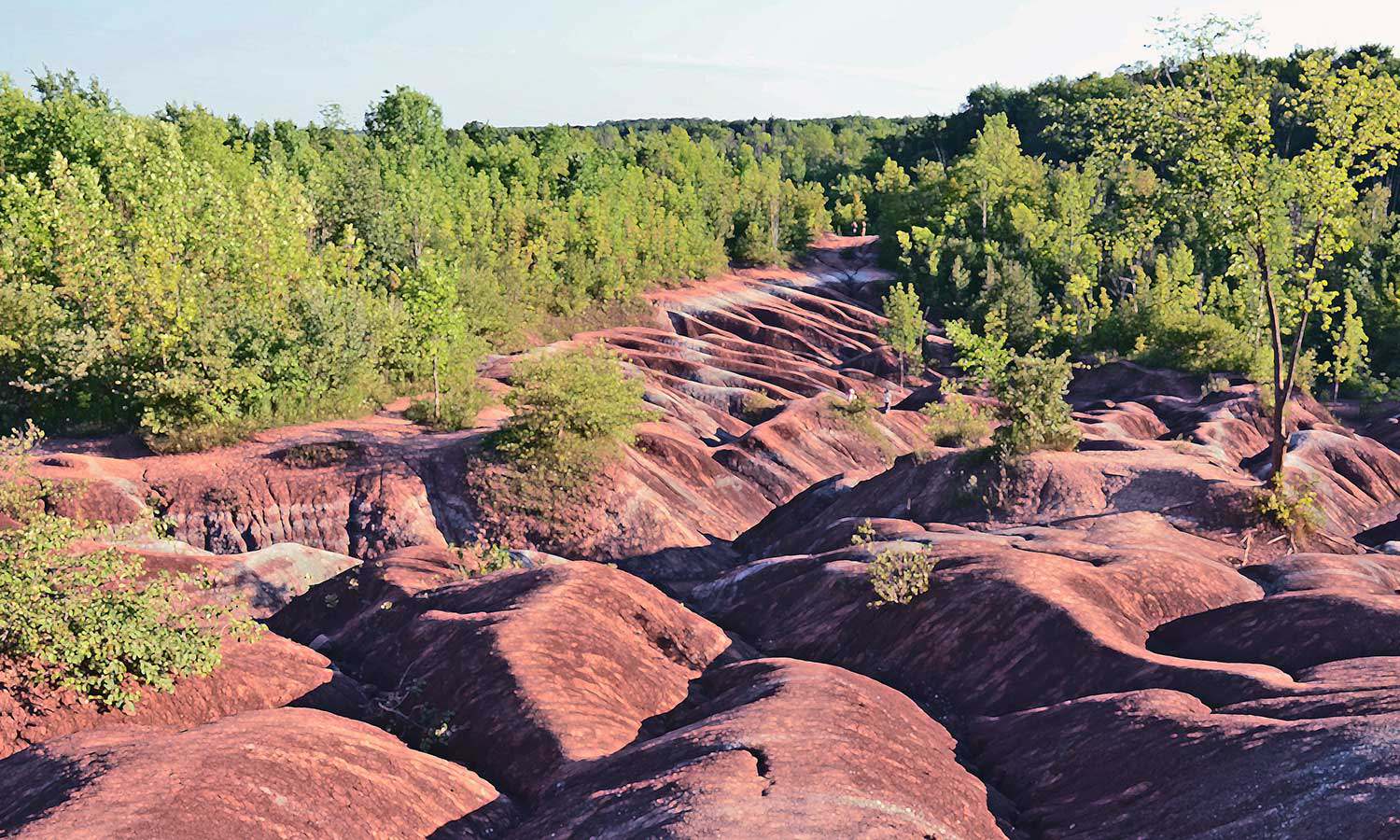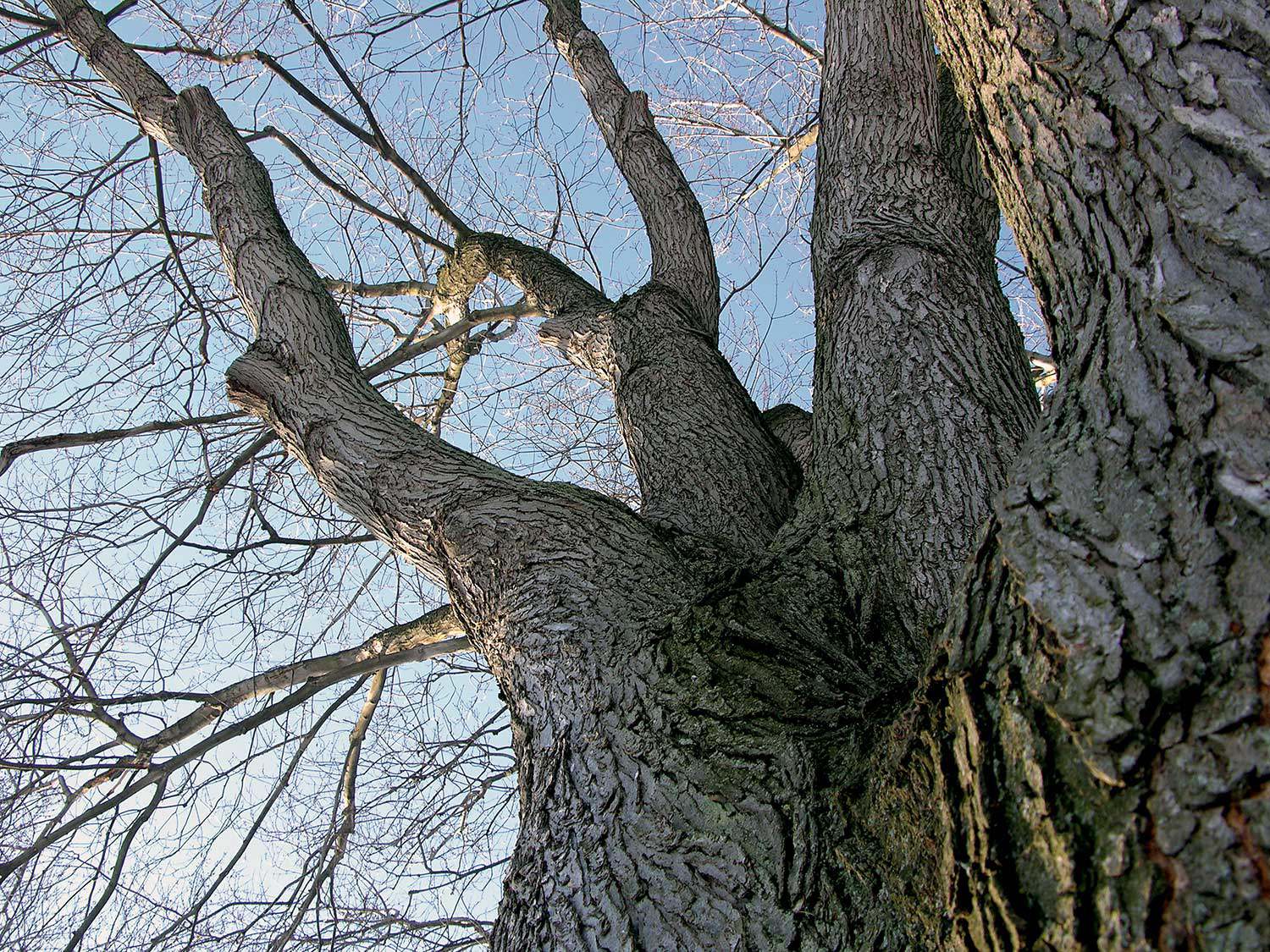

Browse by category
- Adaptive reuse
- Archaeology
- Arts and creativity
- Black heritage
- Buildings and architecture
- Communication
- Community
- Cultural landscapes
- Cultural objects
- Design
- Economics of heritage
- Environment
- Expanding the narrative
- Food
- Francophone heritage
- Indigenous heritage
- Intangible heritage
- Medical heritage
- Military heritage
- MyOntario
- Natural heritage
- Sport heritage
- Tools for conservation
- Women's heritage
Along the Arctic Watershed
The Arctic Watershed follows an erratic course of some 2,240 kilometres (1,400 miles) across northern Ontario. It marks the point where rivers and streams in northern Ontario drain into Hudson’s Bay, and the rivers, lakes and streams to the south drain into the Great Lakes. This unique natural phenomenon has also been a source of contention for centuries because it determined territorial boundaries.
As early as 1670, the area was under dispute. In that year, England’s King Charles II granted the lands to the control of the Hudson’s Bay Company (HBC); the region became known as Rupert’s Land in honour of the King’s cousin, Prince Rupert, the HBC’s first governor. The French soon disputed the Company’s claim to this vast territory and nearly drove the English out of the Bay in 1696. When the 1713 Treaty of Utrecht restored sovereignty of the region to Britain, it did not establish any definite limits between the territory of France and that of the Hudson’s Bay Company.
Fifty years later, with the signing of the Treaty of Paris, France abandoned mainland North America for good. A royal proclamation set forth the boundaries of the lands acquired from France that year. The continued existence of Rupert’s Land was confirmed, and lands were set aside for use by their aboriginal inhabitants.
In September 1850, the Crown entered into the Robinson Superior Treaty with the Ojibwa of Lake Superior for much of the north shore of Lake Huron and Lake Superior, identifying the Arctic Watershed as the southern boundary of the Hudson’s Bay Company lands.
In 1857, a British parliamentary committee was formed to consider the advisability of renewing the Company’s trade monopoly in the vast western regions and Rupert’s Land. It was critical to establish this fact, given the emerging importance of communication, defence and future settlement in the West.
The framers of the Rupert’s Land Act of 1868 – which facilitated the admission of Rupert’s Land into the new Dominion of Canada – again avoided the issue of precise boundaries. The land was transferred to the Government of Canada in 1870, but the omission of any formal definition left opened the stage for the Ontario-Manitoba boundary dispute of 1883-84.
Eventually, after much back and forth, the question of the Ontario-Manitoba border was settled. In 1883, the case was referred to the Judicial Committee of the Privy Council in Britain. Using the Arctic Watershed as its guide – its final role on the stage of Canada’s political geography – the Committee established the Ontario-Manitoba border as it remains to this day.
In August 1969, two provincial plaques were unveiled to commemorate the Arctic watershed – one beside Highway 11 near Kenogami Lake and the other near Raith on Highway 17 in the District of Thunder Bay where the watershed again crosses the roadway. Explore the Trust’s plaque database here.

